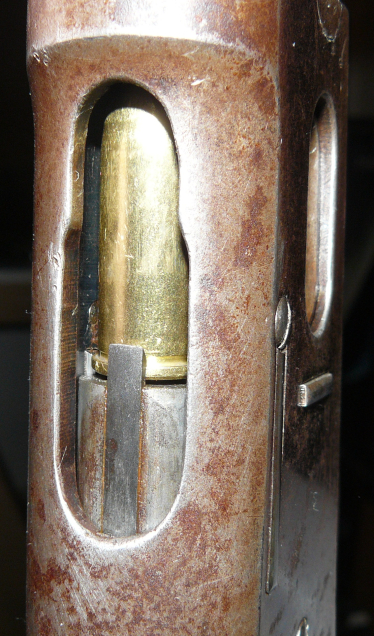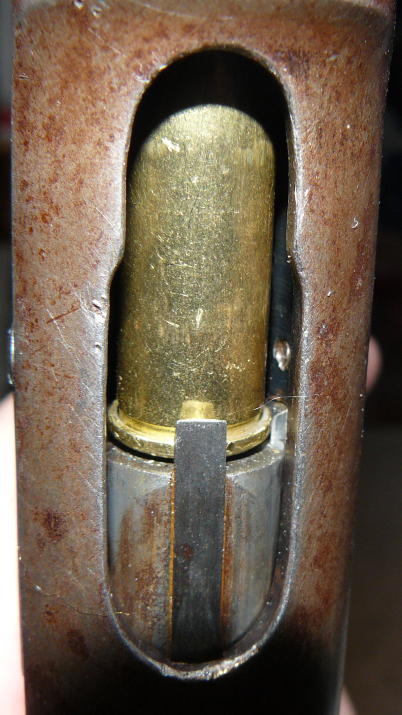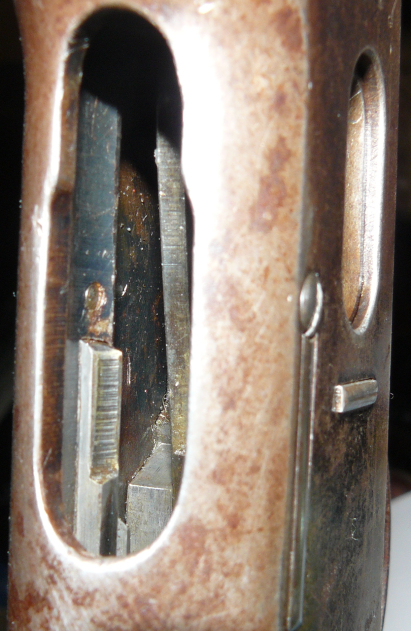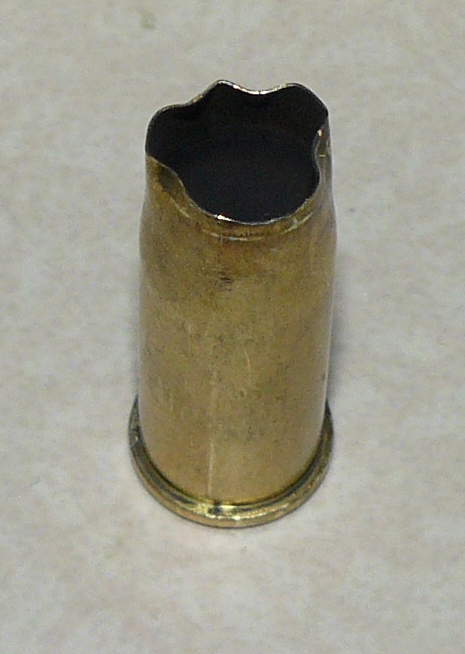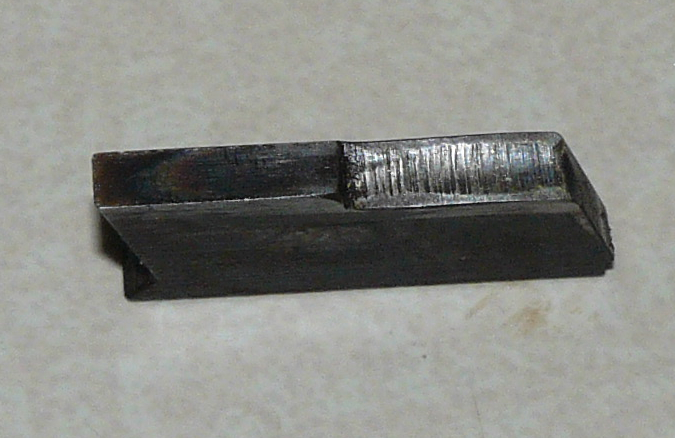I posted this in the Black Powder forum, but I didn't get any nibbles...I probably should have started here first.
The gun was made in 1884, the first year that Colt made them. It's in great shape, except for one really frustrating problem: Most of the time, the bolt gets stuck about halfway open after a round is fired. The spent case is stuck about 3/4 of the way out of the chamber. The only way to cycle the action is to get a small screwdriver between the front of the ejection port and the mouth of the case and pry like the dickens. Then, of course, the case is ruined, but the action will cycle...until the next round is fired.
This happens probably 75% of the time. It only happens with spent brass, not if I cycle live rounds through the action. It doesn't matter if I'm shooting black powder or smokeless cowboy loads. And, because the ejection port is the early style that's contoured to the shape of the cartridge, I can't really see what's going on down in the action. But something is hanging up somewhere. Also, for the 25% or so of the empties that do eject OK, the top of the mouth is caved in some, like a "V", as if the mouth is getting crushed at the front of the ejection port. I haven't reloaded any cases yet, but I kind of suspect that if I get one reload out of one of these, I'll be lucky.
Here are a few pictures, in case anybody can see something obviously wrong.
Ejection port:
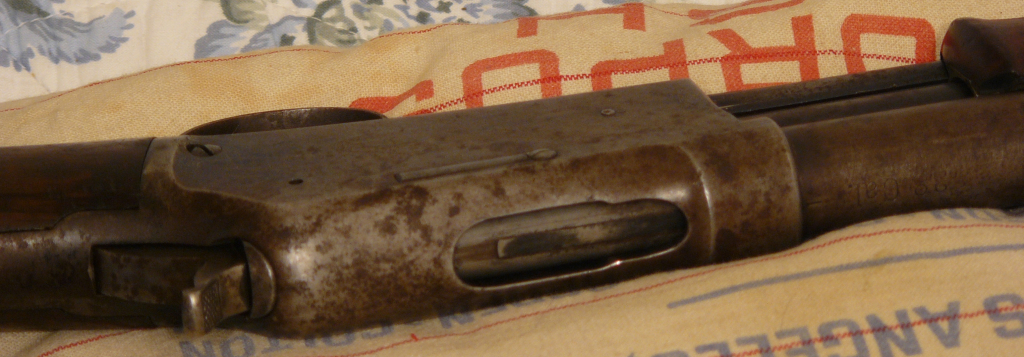
Ejection port open:
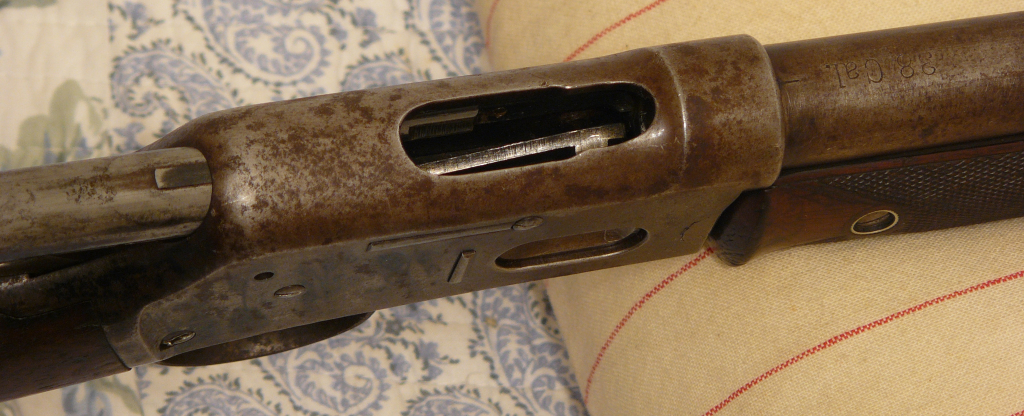
Receiver right side:
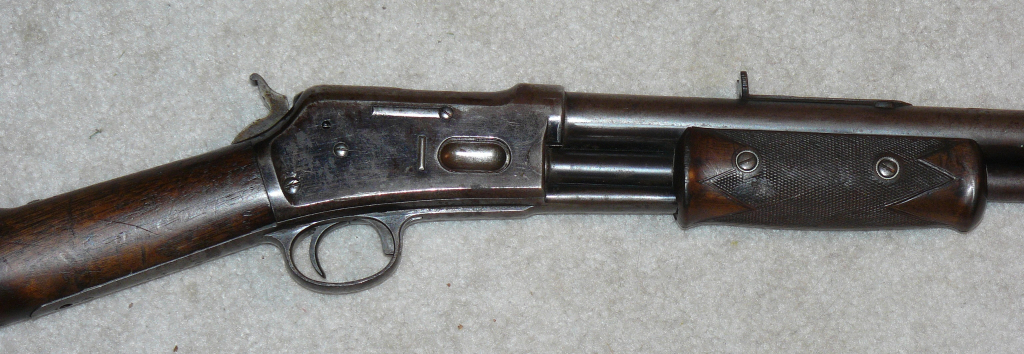
Receiver left side:
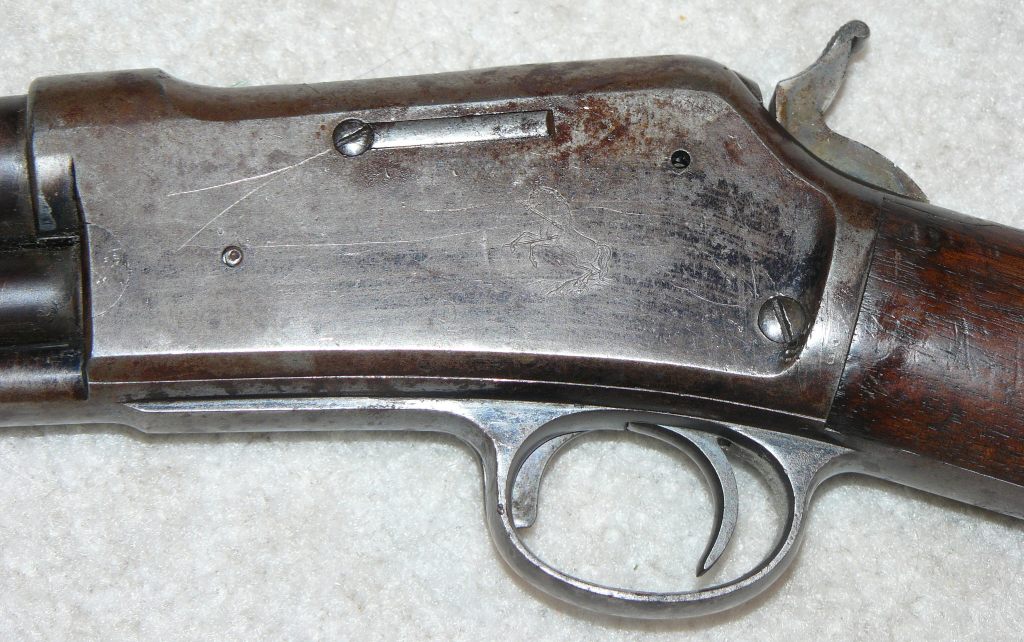
If it matters, I shoot mostly Pyrodex RS and an occasional smokeless cowboy load. The load doesn't seem to have any effect on the ejection problem. Oh, and one other thing, because somebody's bound to notice...I didn't put the scratches in the receiver! I've got the right screwdrivers Blame Gramps!
Blame Gramps!
I honestly wouldn't be heartbroken if it's not fixable, since the gun is a family heirloom and probably should be hanging on the wall in well-deserved retirement, but every now and then it calls to me...and it's a kick in the pants to shoot.
The gun was made in 1884, the first year that Colt made them. It's in great shape, except for one really frustrating problem: Most of the time, the bolt gets stuck about halfway open after a round is fired. The spent case is stuck about 3/4 of the way out of the chamber. The only way to cycle the action is to get a small screwdriver between the front of the ejection port and the mouth of the case and pry like the dickens. Then, of course, the case is ruined, but the action will cycle...until the next round is fired.
This happens probably 75% of the time. It only happens with spent brass, not if I cycle live rounds through the action. It doesn't matter if I'm shooting black powder or smokeless cowboy loads. And, because the ejection port is the early style that's contoured to the shape of the cartridge, I can't really see what's going on down in the action. But something is hanging up somewhere. Also, for the 25% or so of the empties that do eject OK, the top of the mouth is caved in some, like a "V", as if the mouth is getting crushed at the front of the ejection port. I haven't reloaded any cases yet, but I kind of suspect that if I get one reload out of one of these, I'll be lucky.
Here are a few pictures, in case anybody can see something obviously wrong.
Ejection port:

Ejection port open:

Receiver right side:

Receiver left side:

If it matters, I shoot mostly Pyrodex RS and an occasional smokeless cowboy load. The load doesn't seem to have any effect on the ejection problem. Oh, and one other thing, because somebody's bound to notice...I didn't put the scratches in the receiver! I've got the right screwdrivers
I honestly wouldn't be heartbroken if it's not fixable, since the gun is a family heirloom and probably should be hanging on the wall in well-deserved retirement, but every now and then it calls to me...and it's a kick in the pants to shoot.

